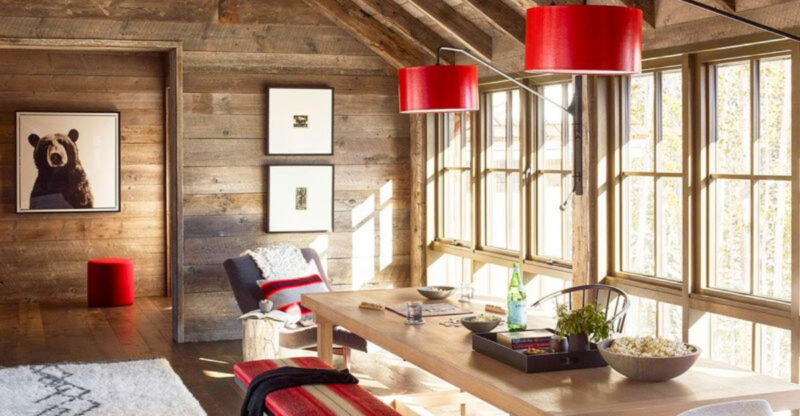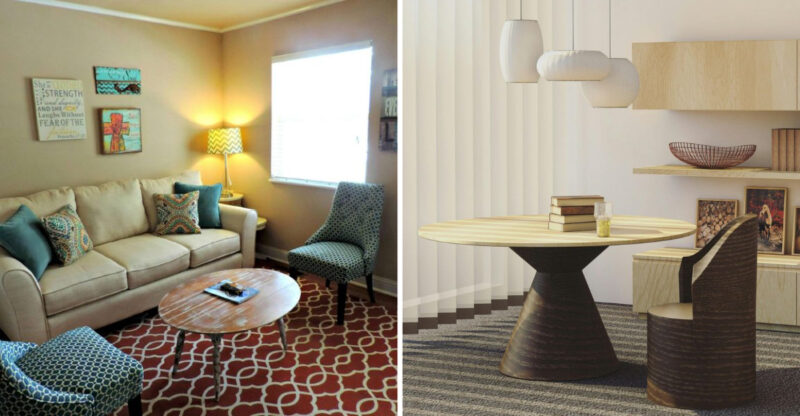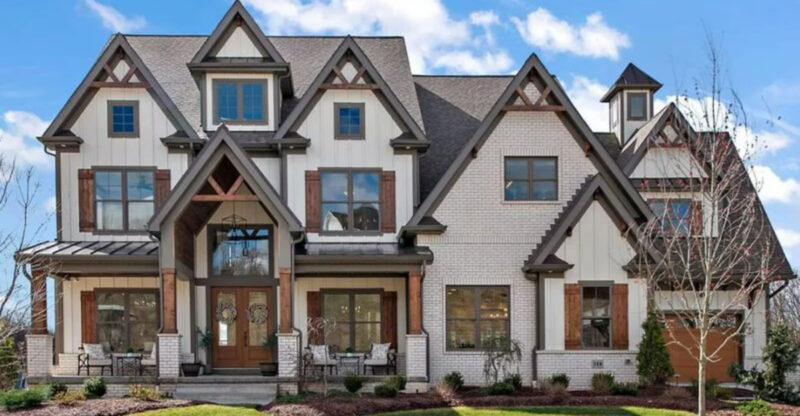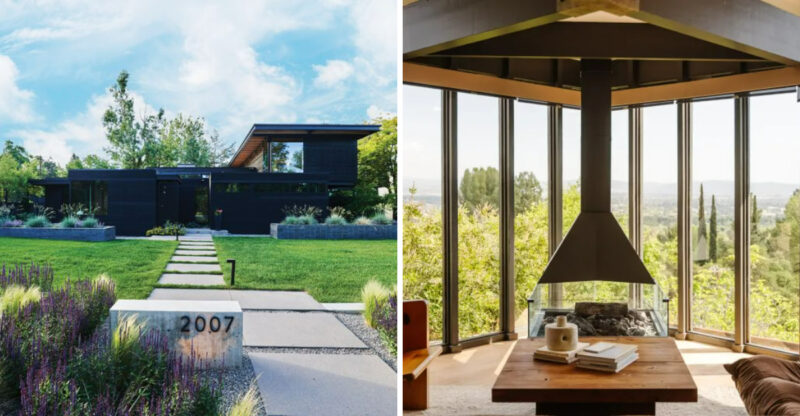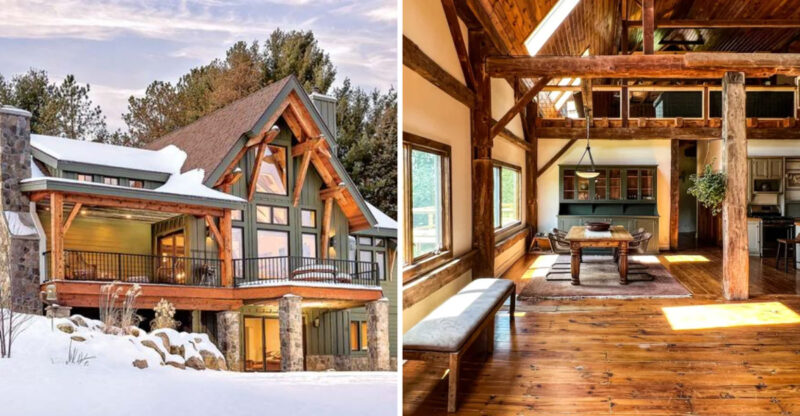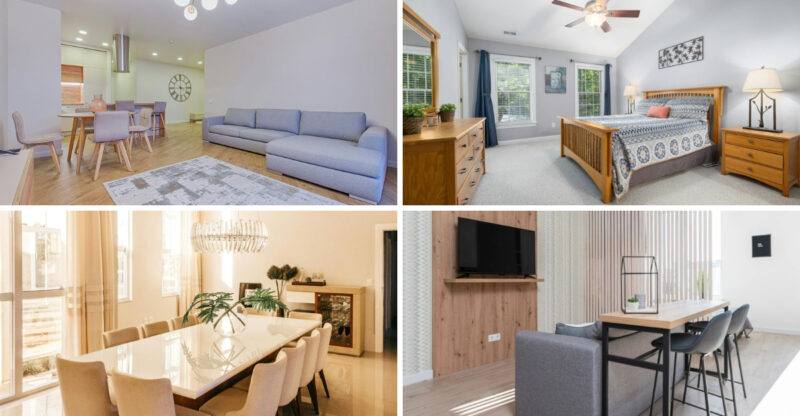11 Oregon Home Styles Forecasted For Declines By 2026
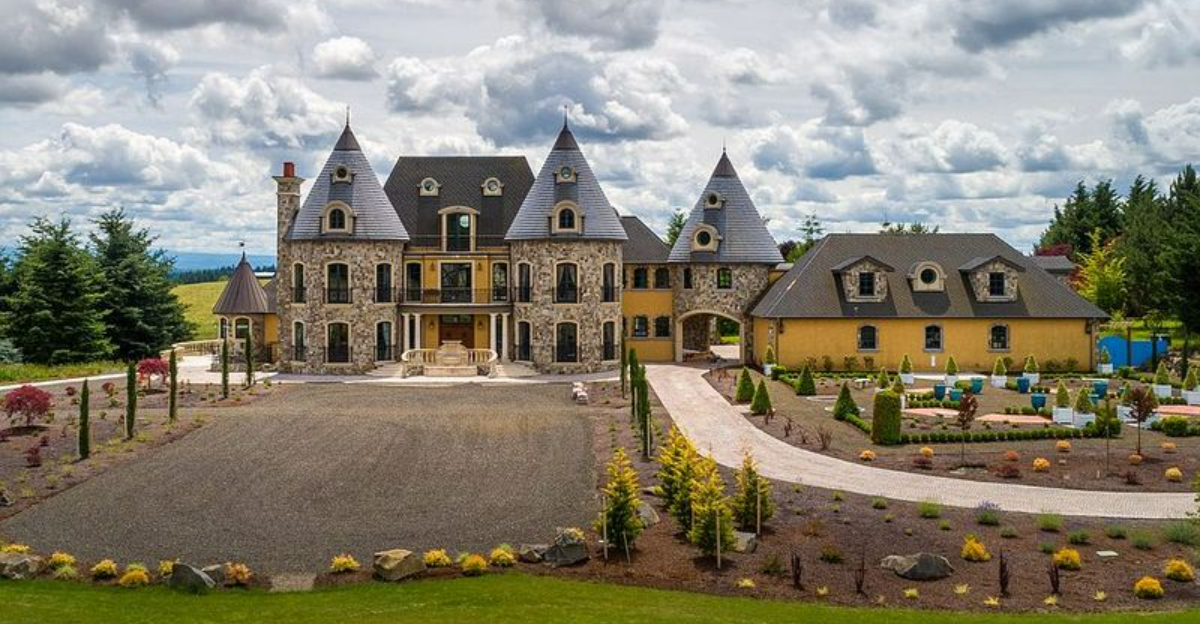
The Oregon real estate market is always changing, with some home styles losing popularity as buyer preferences shift. Looking ahead to 2026, real estate experts have identified several home designs that may see declining demand and potentially lower values.
I’ve rounded up the home styles that might be falling out of favor with Oregon homebuyers in the next few years.
1. Open Concept Floor Plans
Remember when knocking down every wall was the ultimate dream? That trend is fading as Oregon families discover the downside of living without privacy. The pandemic taught us that separate spaces serve important purposes when everyone’s home together.
Cooking smells travel everywhere, noise carries freely, and heating costs soar with these layouts. I’ve noticed more clients requesting defined rooms again, especially home offices and quiet reading nooks. The pendulum is swinging back toward thoughtful separation while maintaining good flow.
2. Cookie-Cutter Suburban Developments
You know those neighborhoods where every third house looks identical? Their popularity is waning across Oregon communities. Homebuyers increasingly crave uniqueness and character rather than the copy-paste approach of mass developments.
Younger buyers especially avoid these cookie-cutter homes, preferring properties with distinct personalities. The environmental impact of clearing large tracts for identical homes also faces growing criticism. Community-focused developments with varied architectural styles and sustainable features are taking their place in our market.
3. Tuscan-Inspired Kitchens
Dark cherry cabinets, ornate corbels, and faux-finished walls are quickly becoming design relics in Oregon homes. These heavy, ornamental kitchens that dominated the early 2000s now feel cluttered and outdated to most buyers.
The dark materials make our already light-challenged Pacific Northwest homes feel even gloomier during winter months. I’ve seen homes with these kitchens sitting on the market significantly longer than their updated counterparts. Buyers now favor lighter woods, cleaner lines, and more authentic connections to Oregon’s natural surroundings.
4. Mediterranean McMansions
Once the crown jewel of upscale neighborhoods, these large stucco homes with terracotta roofs are losing their appeal fast. Oregon buyers are increasingly turned off by their excessive size and formal layouts that don’t match our casual lifestyle.
The high maintenance requirements and heating costs make them impractical in our rainy climate. Plus, their ornate details and faux-European styling now feel dated compared to more authentic architectural approaches gaining popularity across the state.
5. Tiny Houses Without Functionality
The tiny house craze hit Oregon hard, but the romance is fading for poorly designed mini-homes that sacrifice functionality. Many first-generation tiny houses weren’t built for our wet climate and develop moisture problems quickly.
Owners often discover the lifestyle more challenging than Instagram suggested. Smart micro-homes with thoughtful storage, proper insulation, and realistic bathroom setups will continue to have a market. However, those hastily converted sheds and impractical showpieces are rapidly losing their charm and resale value across the state.
6. Craftsman Knockoffs
Portland’s authentic Craftsman bungalows remain beloved, but the mass-produced imitations built during the housing boom are falling from favor. These newer homes often feature Craftsman-style details stuck onto otherwise standard builder-grade houses, creating an unconvincing aesthetic.
The thin veneers of craftsmanship wear poorly compared to the real thing. Materials quality is typically inferior to authentic Craftsmans, with cheap finishes that haven’t aged well. True Craftsman homes will maintain their value, but these architectural pretenders are increasingly seen through by savvy Oregon buyers.
7. Excessive Bonus Rooms
Those massive bonus rooms over garages that builders added to nearly every suburban Oregon home? They’re becoming liability spaces rather than assets. Often poorly insulated and awkwardly shaped, these rooms typically end up as neglected storage areas rather than usable living space.
Heating and cooling these oversized rooms is expensive and inefficient. Oregon’s increasing focus on energy efficiency makes these spaces particularly problematic. Buyers now prefer homes where every square foot serves a clear purpose, with thoughtfully designed spaces rather than cavernous catch-all rooms.
8. Gray-Everything Interiors
The gray trend that dominated Oregon homes for the past decade is finally fading. Those all-gray interiors – gray walls, gray floors, gray cabinets – that were supposed to be “timeless” are now instantly dating homes to the 2010s.
In our naturally gray climate, these monochromatic interiors can feel depressing during our long rainy seasons. The pendulum is swinging toward warmer neutrals and actual color again. Homes that went all-in on the gray trend may need significant updates to appeal to forward-looking Oregon buyers by 2026.
9. Ultra-Modern Glass Boxes
Those sleek, minimalist glass-walled modern homes that appeared in upscale Oregon neighborhoods are facing practical challenges. Our climate isn’t kind to these designs – rain exposure issues, heating inefficiencies, and maintenance problems plague many of these architectural statements.
Privacy concerns in increasingly dense neighborhoods make floor-to-ceiling windows less desirable. The stark, cold aesthetic that once seemed cutting-edge now feels uncomfortable to many buyers seeking warmth and natural materials. Modern designs incorporating more traditional elements and climate-appropriate features will fare better than these purist glass boxes.
10. Rustic Farmhouse Replicas
The farmhouse trend that Joanna Gaines popularized is showing its age in Oregon markets. Those shiplap walls, barn doors on tracks, and rustic signage that dominated home design are now looking like time capsules of the late 2010s.
Many homeowners went all-in on this trend with features that are difficult and expensive to update. Genuine farmhouses with authentic history will always hold value, but the mass-produced replicas with superficial “rustic” elements slapped on suburban homes are rapidly dating. By 2026, these design choices may significantly impact resale value across Oregon communities.
11. Carpet-Dominated Homes
Wall-to-wall carpeting is rapidly falling from favor with Oregon homebuyers, especially in our muddy, rainy climate. Homes where carpet is the primary flooring throughout living areas and bedrooms are sitting longer on the market and often selling for less.
Allergy concerns, maintenance issues, and the impossibility of truly cleaning carpets drive this trend. Hard surface flooring options that stand up to Oregon’s outdoor lifestyle are strongly preferred. Even in bedrooms, where carpet once dominated, buyers increasingly look for hardwood, luxury vinyl, or other alternatives that won’t harbor dust and moisture.

